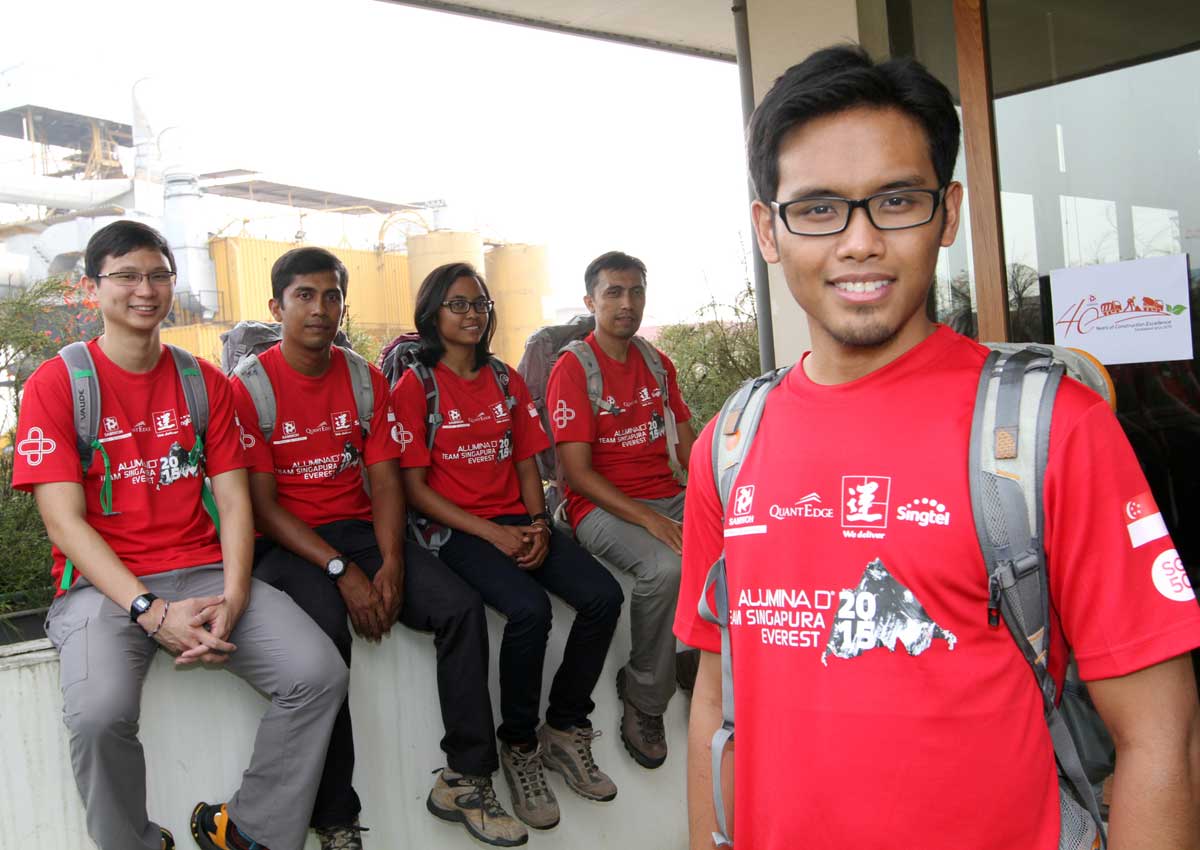When a 7.8-magnitude earthquake hit Nepal in April last year, Singaporean Seumas Yeo was recovering from surgery and lying on a hotel bed in Kathmandu.
The 27-year-old had planned to scale Mount Everest with three friends but his mission was cut short because of an infection in his right thigh. He could walk only with the aid of a trekking pole.
“My first instinct was to run but I couldn’t. I started covering myself with blankets and pillows. I could hear glasses and plates in the restaurant shattering,” Mr Yeo told The Straits Times.
“I thought I would die. I prayed very hard that the building would not collapse on me,” said the Singapore Management University economics graduate.
“When I managed to get out of the building, I could see everyone on the streets. A hotel that was about a two-minute walk away had caved in entirely.”
Telecommunications were intermittent but he managed to contact his parents to say he was safe. His friends were also safe at the Everest base camp.
Said Mr Yeo: “I was completely lost. I was alone and I didn’t know what to do next.
“The airport was in chaos. People were just waiting to get on the next available flight. Planes were also not landing. Every time there was an aftershock, the airport would be shut.”
Mr Yeo spent a night sleeping in a tent at his guide’s house. Having eRegistered with the Ministry of Foreign Affairs, he later received a message about a flight back to Singapore on an RSAF C-130.
“I wanted to continue my journey. But given the circumstances – there was no clean water, electricity or food readily available – I knew I… had to leave.”
Mr Yeo, now an investment analyst, said: “I’m lucky to be alive. If I had no communication with MFA, I think I would have been stranded there.”
Pang Xue Qiang

This article was first published on May 30, 2016.
Get a copy of The Straits Times or go to straitstimes.com for more stories.





























